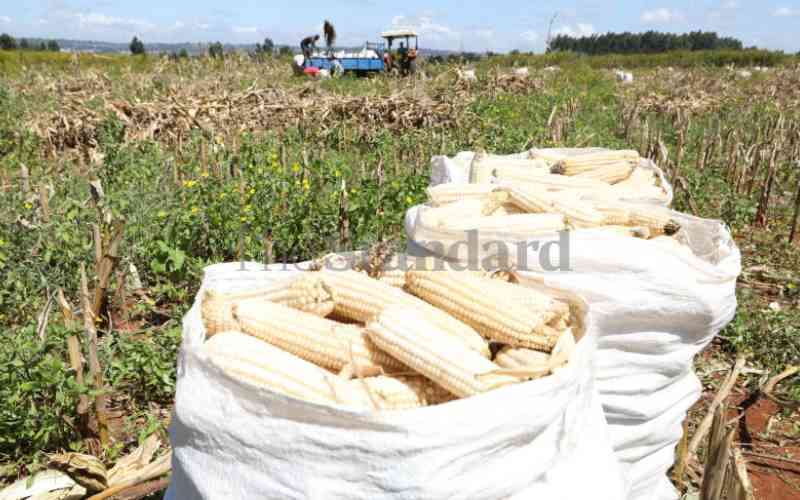×
The Standard e-Paper
Kenya's Bold Newspaper

The United Nations' Department of Economic and Social Affairs (UNDESA) estimates that the global population will reach 9.7 billion people by 2050.
This presents a challenge to feed an extra 1.2 billion people for the next 27 years. According to the Food and Agriculture Organisation (FAO), feeding a population of 9.1 billion people will require raising overall food production by 70 per cent from 2005-2007 levels.